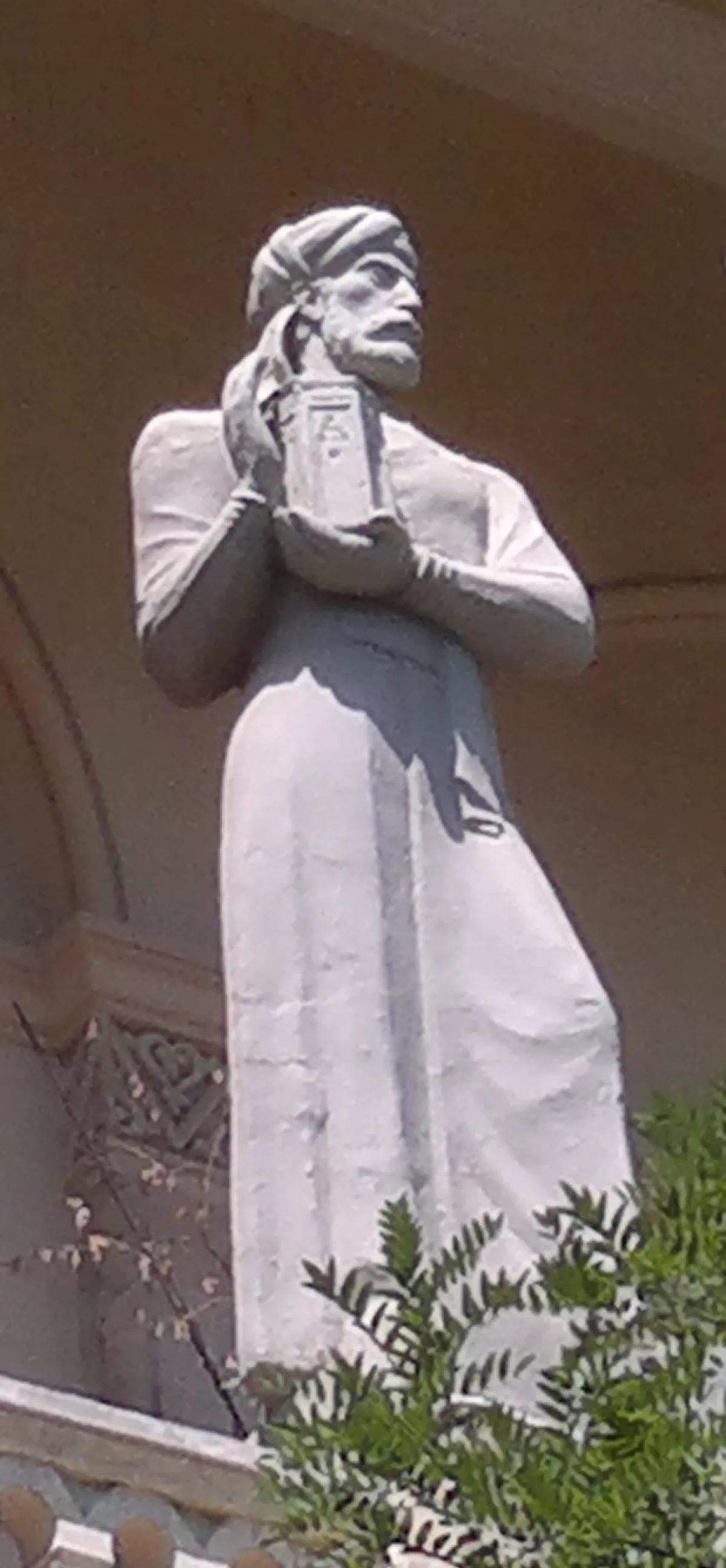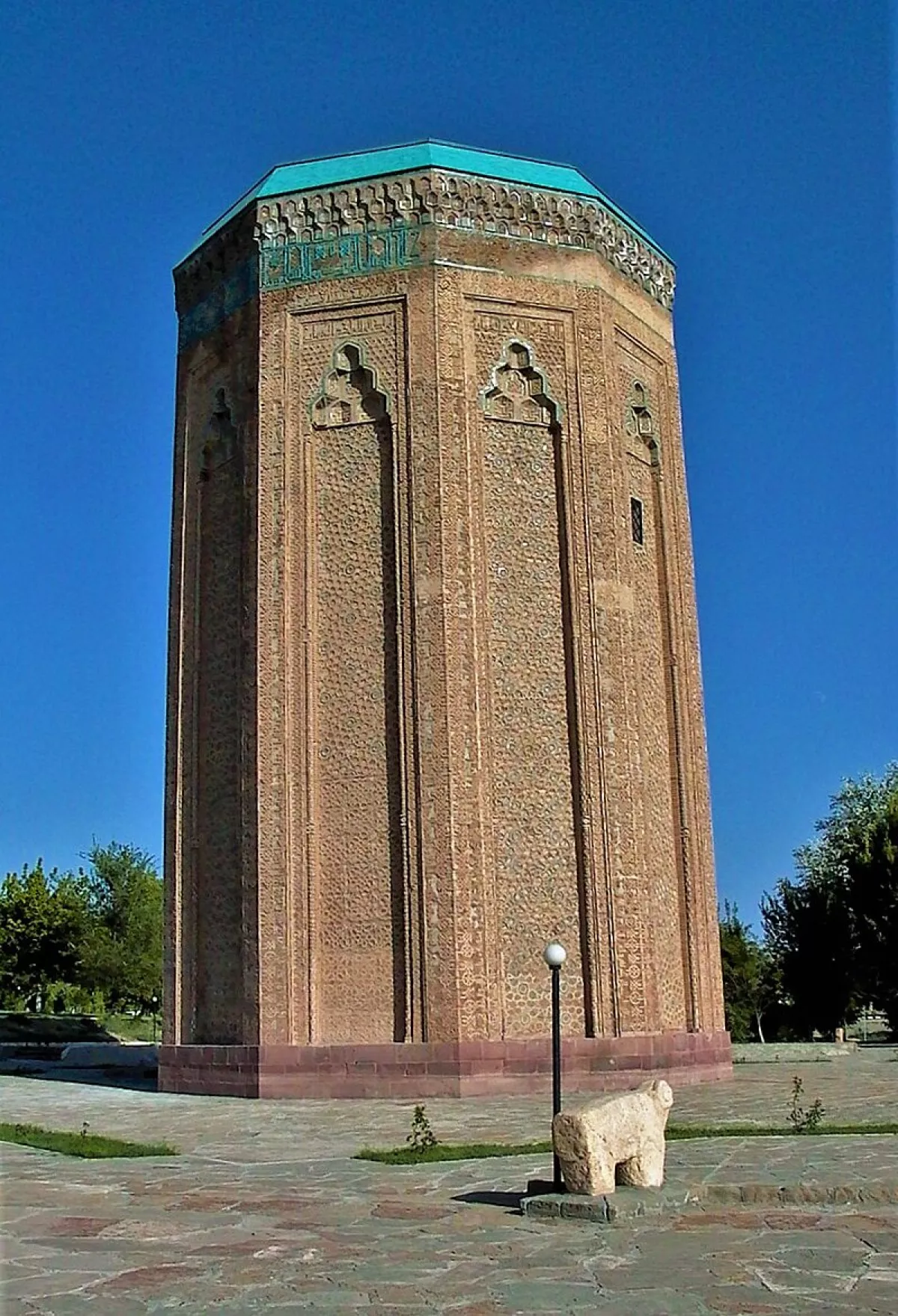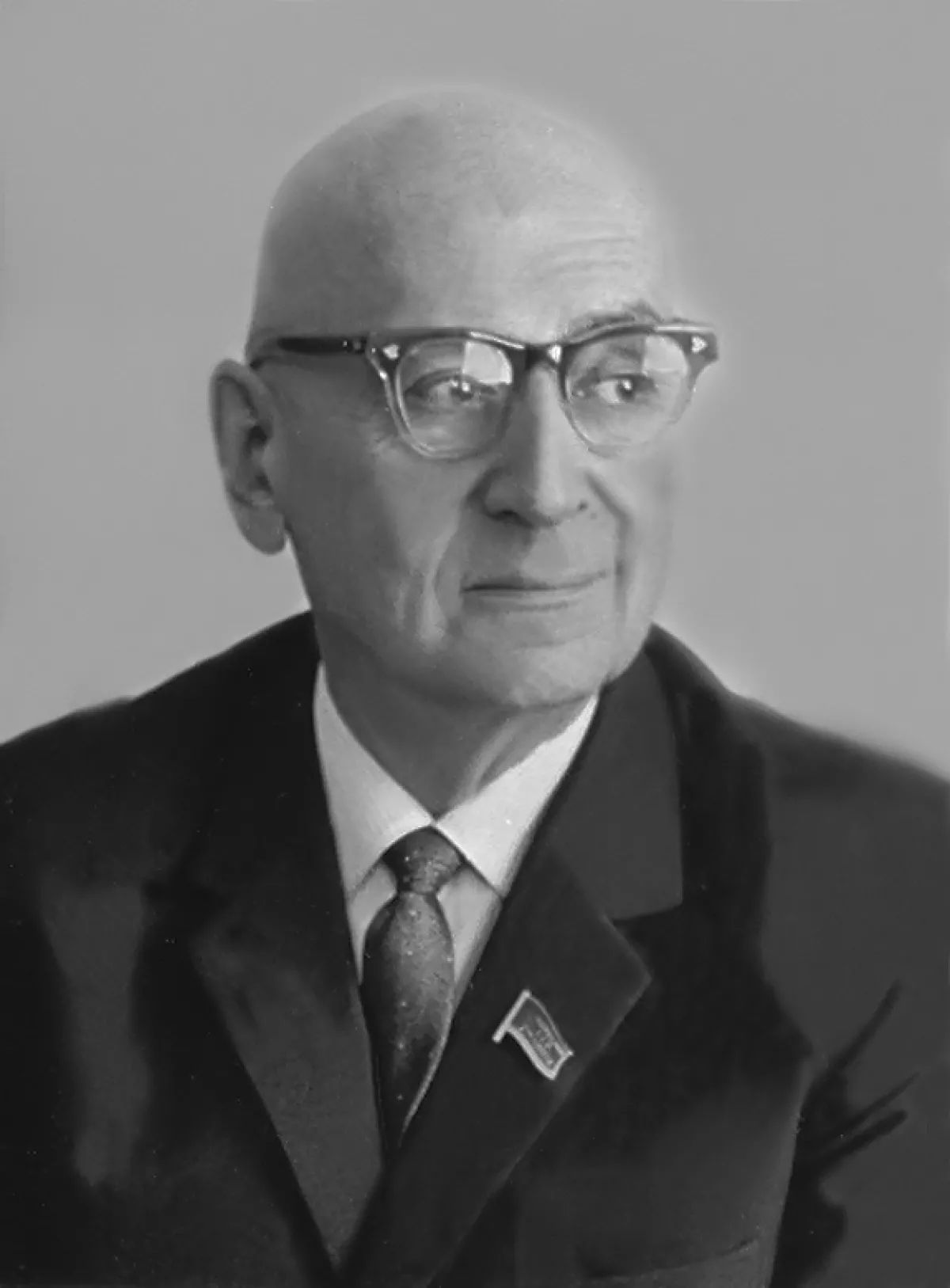Chronicle in stone: Honouring Azerbaijan’s architectural icons A historical journey on Caliber.Az
Baku can be seen as an open-air museum where eras, styles, and talents are organically intertwined. A tangible expression of respect for those who shaped the city's architectural appearance is the streets named after masters whose designs set benchmarks for future generations.

Among such names, a special place belongs to Ajami Nakhchivani — an outstanding architect of the 12th–13th centuries and the founder of the Nakhchivan architectural school. His contemporaries called him sheikh-ul-muhandis — “chief of engineers.” The canons he established defined the development of memorial architecture in Azerbaijan for centuries to come.
Among his key works are the tomb monument of Yusif ibn-Kuseyir (1162), the Momine Khatun mausoleum (1186), built by order of the Atabeg of Azerbaijan, Muhammad Jahan Pahlavan, as well as the Nakhchivan-Juma mosque. Researchers reasonably suggest his involvement in the creation of other tower tombs — the “Round Tower,” Seh-Gunbad, and Gunbad-i-Qabud — where stylistic parallels with the mausoleums of Yusif and Momine Khatun are clearly traced.
The development of the tower tomb as a type of memorial structure became Ajami’s most important contribution. The inscription on the Momine Khatun mausoleum — “We are transient, the world endures forever. We will die. This will remain” — emphasizes his aspiration for eternity through architecture.

A jubilee session is planned at UNESCO headquarters in Paris to mark the 900th anniversary of Ajami Nakhchivani’s birth — a testament to his recognition on the global stage. Today, his name is borne by a metro station in Baku and a street in the Binagadi settlement, and a monument stands in Nakhchivan. A sculptural portrait of the master adorns the front of the Azerbaijan National Library, underscoring his enduring authority.

No less important in shaping the country’s architectural identity was Zivar Bay Ahmadbayov — the first Azerbaijani architect with a higher professional education. He was born in 1873 in Shamakhi and graduated with honours from the St. Petersburg Institute of Civil Engineers in 1902. He worked in the Baku Governorate administration and later in the city council.
During the existence of the Azerbaijan Democratic Republic (1918–1920), he served as the Chief Architect of Baku, shaping the city’s architectural policy with a strong emphasis on local traditions. Among his works are the mosques in Goychay and Shamakhi, the Blue Mosque, the Taza Pir Mosque in Baku, the Saadet School building (now the Institute of Ophthalmology), and the Children's Hospital (today the Research Institute of Mother and Child).
He also contributed to the design of the Mukhtarov Mosque in Amirjan, the Molokan prayer house, the Ittifaq Mosque, and numerous residential buildings. Ahmadbayov strove to synthesise Eastern, European, and local forms, creating a modern yet recognisably national architecture.
He initiated the Society for the Protection of Islamic Art Monuments (1917) and the “New Shirvan” Society (1919), seeking to restore the destroyed city of Shamakhi. A street in the Yasamal district bears his name, and a monument near the “Nizami” metro station stands as a symbol of respect for his work and legacy.
The most prominent figures of the 20th century were Mikayil Huseynov and Sadig Dadashov, who laid the foundations of the modern Azerbaijani school of architecture.

Mikayil Huseynov, born in 1905 in Baku, graduated from the Polytechnic Institute in 1929. He designed communal housing projects (“Port Worker,” “Shock Worker,” “New Life,” among others), a kitchen-factory in Bayil, and — in collaboration with Dadashov — the Nizami cinema and the residential building opposite it. He insisted: “National architecture is, above all, national form and tradition,” applying expressive geometry, contrasting volumes, and elements adapted to the local climate (such as galleries, canopies, and courtyards).
Huseynov authored more than 200 projects, including the Baku Music Academy, the Azerbaijan pavilion at the All-Russian Exhibition Centre (VDNKh), the Nizami Ganjavi and Elmlar Akademiyasi metro stations, the Museum of Azerbaijani Literature, the building of the National Academy of Sciences, the Azerbaijan National Library, and residential houses for the Buzovnaneft trust, among others.
For nearly 40 years, he headed the Institute of Architecture and Art, led the Union of Architects, was elected deputy, and wrote over 100 works — including The History of Azerbaijani Architecture (1963). He was the first president of the International Academy of Architecture of Eastern Countries, a member of leading international organisations, and was honoured with numerous awards and titles, including “Hero of Socialist Labour” (1985) and “People’s Architect of the USSR” (1970). A street in the Sabail district bears his name.

Sadig Dadashov, born in the same year — 1905 — also graduated from the Baku Polytechnic Institute. In collaboration with Huseynov, he worked on the kitchen-factory in Bayil, the Azerbaijan pavilion at VDNKh, the Nizami cinema, the Azerbaijan State Conservatory, the Ministry of Food Industry, residential buildings for the Azneftezavody and Buzovnaneft trusts, the Azerbaijan Technical University, and other facilities.
He actively studied national architecture, travelling across the regions of the country in the 1930s and 1940s, and published his findings in the monograph Architecture of Soviet Azerbaijan. He headed the architectural department under the Council of People's Commissars, was an academician, a recipient of the Stalin Prize, a holder of state orders, and was awarded the title of Honoured Art Worker of the Azerbaijan SSR.

By order of President Ilham Aliyev, a monument to Mikayil Useynov and Sadig Dadashov will be erected in Baku. A research institute of building materials and a street in the Yasamal district also bear Dadashov’s name.
The projects and work of these masters laid a solid foundation for Azerbaijani architecture. Their names on streets, metro stations, buildings, and monuments are more than a tribute — they are a reminder of the importance of tradition, national identity, and responsibility for the architectural future of the country.
Their legacy continues to inspire new architects to preserve the spirit of place, seek a balance between innovation and tradition, and create spaces in which the cultural identity of Azerbaijan lives on.
Vahid Shukurov, exclusively for Caliber.Az








